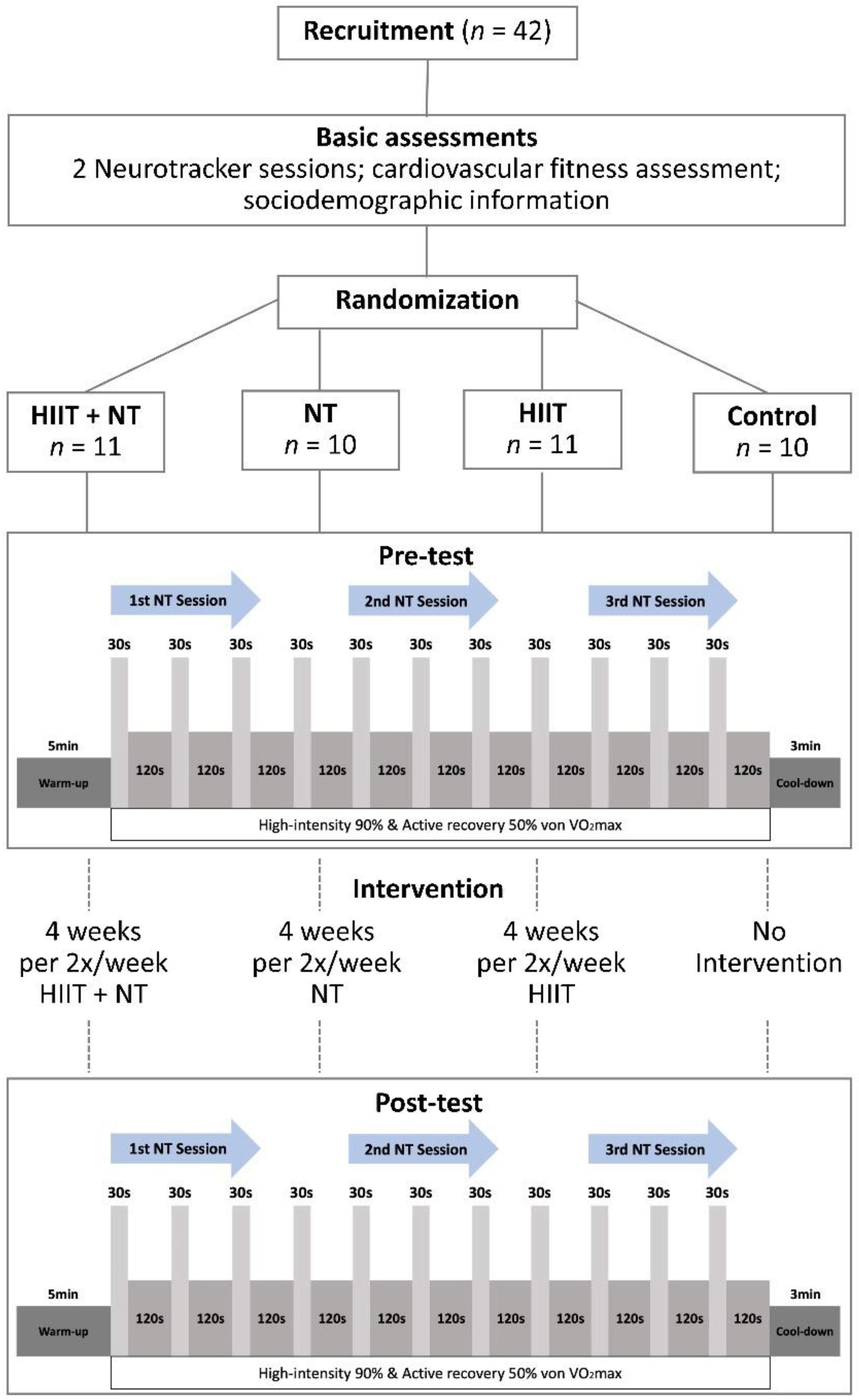
Speed thresholds (Neurotracker performance) were recorded at each visit.Ī two-way repeated measures ANOVA suggested no differences between the groups but a significant time effect was apparent.Ĭlinically recovered children and adolescents exhibit similar training abilities to control subjects on this task. Neurotracker trainings were performed at each of the 6 visits. It is hypothesized that Neurotracker could serve as a proxy for assessing cerebral functioning.Ī comparative, 6 time points, longitudinal study design was used to compare Neurotracker performance between children and adolescents who were clinically recovered from mTBI and healthy controls.Ĭlinical measures were collected at the initial and final visits. This is supported by evidence of NeuroTracker training sustainably boosting brainwave activity in ways that are associated with increased neuroplasticity.This study aimed to explore the potential for the Neurotracker, a perceptual-cognitive, multiple-object tracking test, and train paradigm, as a marker of functional recovery after mild traumatic brain injury (mTBI). Professor Faubert believes this is because NeuroTracker provides consolidation for the brain, preparing it for learning. The research showed that with the correct training load over time, new levels of neurophysical performance could be achieved. This allowed the athletes to quickly adapt to dual-tasks and perform NeuroTracker at levels they would normally be at if just sitting. This is because the athletes had first completed training of 15 sessions sitting. Though standing and balance did impact NeuroTracker scores, the effects were only temporary. The key was timing.Īcross a 26 session NeuroTracker program, training progressed from sitting, to standing, to a complex balance task. Another study with Olympic athletes at the Catalan High Performance Center in Barcelona, showed that complex dual-tasks could be successfully integrated with NeuroTracker. Though it initially seemed that isolated cognitive training yielded the best learning, this was just the first piece of the puzzle. It became clear to me just how much physical motor-skills and cognitive abilities are intertwined.”īy demonstrating just how useful cognitive assessments could be, the finding opened up a new avenue of neurophysical performance research. This is quite remarkable given that the mental resources involved are very low-level compared to sports play. The mental resources involved with balance and proprioception for standing were clearly inhibiting these athletes’ capacity to perform and adapt at a cognitive level. “A key insight we discovered was that even small, simple differences in training can impact an athlete’s ability to improve their performance. Professor Faubert described the significance of this finding,
#Neurotracker testing full
Just the extra cognitive load of balancing while standing was holding back the athletes’ full mental focus. He dug deeper and found that the team’s player’s had done all their NeuroTracker training standing up, while all the other teams trained as instructed – sitting down.

This discovery was made by Professor Faubert when he tested top NHL, EPL and Rubgy teams and saw that something was seriously off with the learning curves of one of the NHL teams (pink line below). On the flip side, back in 2012, it was found that even elite athletes at the top of their game could have their learning curved hampered by simply standing up. For the first time, this showed that stadium noise could have a boosting effect on high-level cognitive and learning functions of athletes.

Initial NeuroTracker scores were similar, but after 18 sessions the noise group had steadily climbed to superior scores. She tested two groups of football players on NeuroTracker, one group without noise, and the other with the blaring roars of the crowds. Lead researcher Kim Dorsch wanted to find out if football players’ mental performance was helped or hindered by the crowd noise that players experience in the stadium. The Effects of Stadium NoiseĪn example of this is an upcoming study at the University of Regina.

Due to the predictability of these conditioning effects, any factors influencing NeuroTracker training can be revealed in the learning curve.


 0 kommentar(er)
0 kommentar(er)
